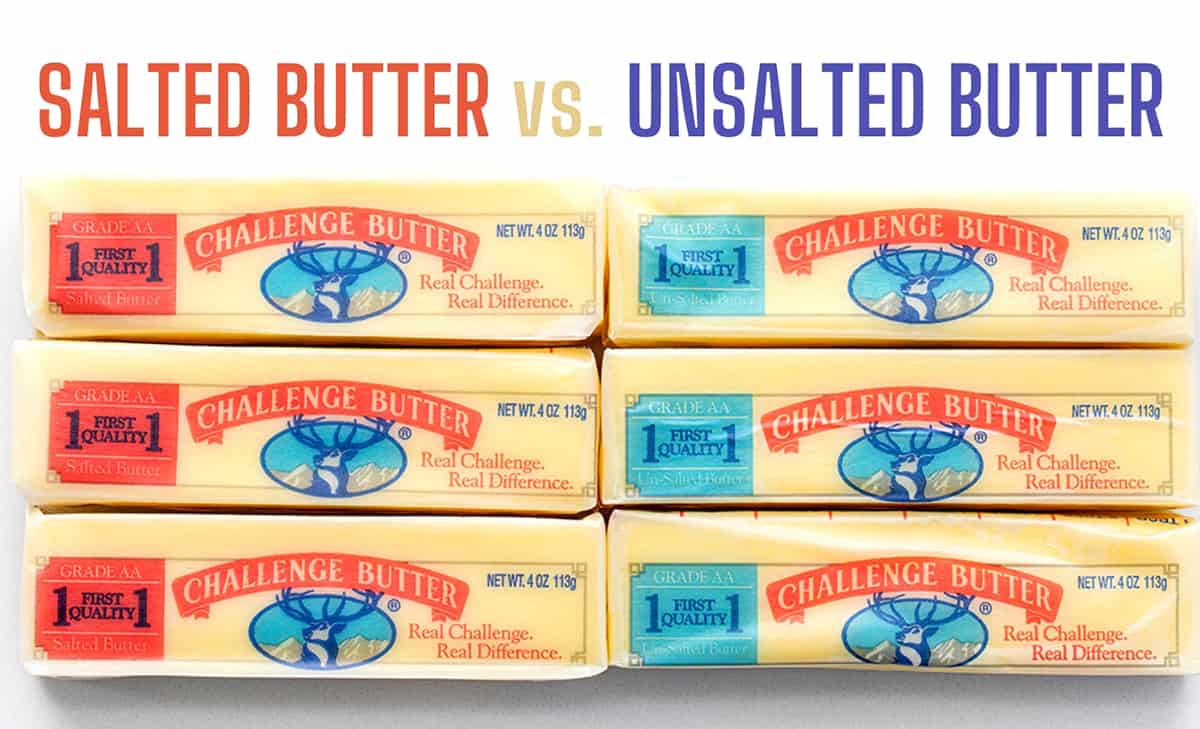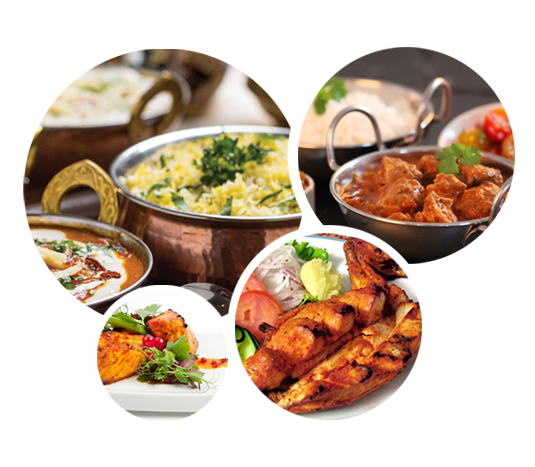Salted Butter vs. Unsalted Butter
Butter is a versatile ingredient that can be used in many ways, including spreading on bread, baking, and cooking.As a baker, I appreciate the flavor and texture that butter can add to recipes.However, many people have questions about the differences between unsalted and salted butter.
I will answer all of those questions! Salted vs.Unsalted Butter The main difference between the two is the amount of salt they contain.SALTED BUTTER has salt added to it, but the amount of salt can vary between brands – anywhere from 1.25 to 1.75 percent of the total weight.
My favorite brand, Challenge, has about 90mg per tablespoon.To make things even more complicated, salted butter has more water than unsalted butter and is usually not as fresh as unsalted butter.Salt is a natural preservative and gives salted butter a longer shelf life.
This can actually change how your baked goods turn out.UNSALTED BUTTER has less salt and lower water content.In baking, butter with a low water content is preferred, since excess water can interfere with how the gluten develops.
You may notice a positive difference in baked goods that use unsalted butter, specifically in taste and texture.This is especially true when it comes to recipes like butter cookies, brownies, and pound cakes, just to name a few.An exact amount of butter and salt is key to the success of these recipes.
Can You Substitute Salted Butter for Unsalted in Baking? When using salted butter in baking, i
Foody Chum
Publisher: i am baker



